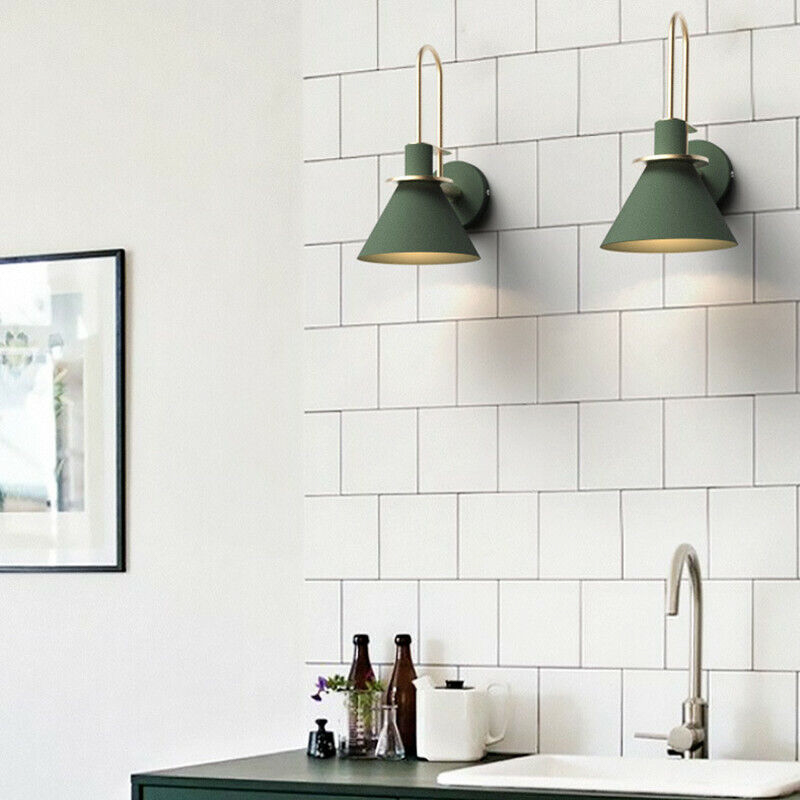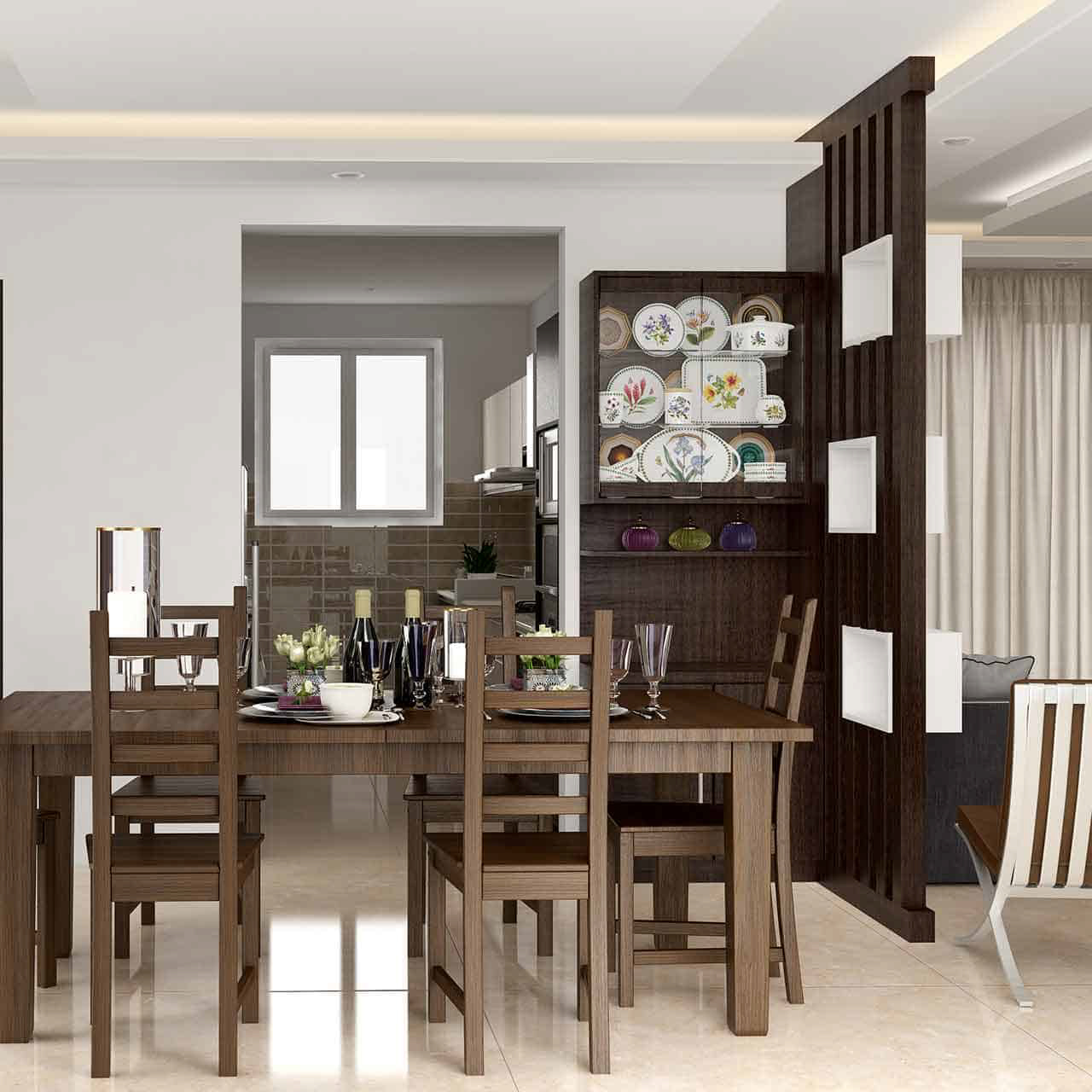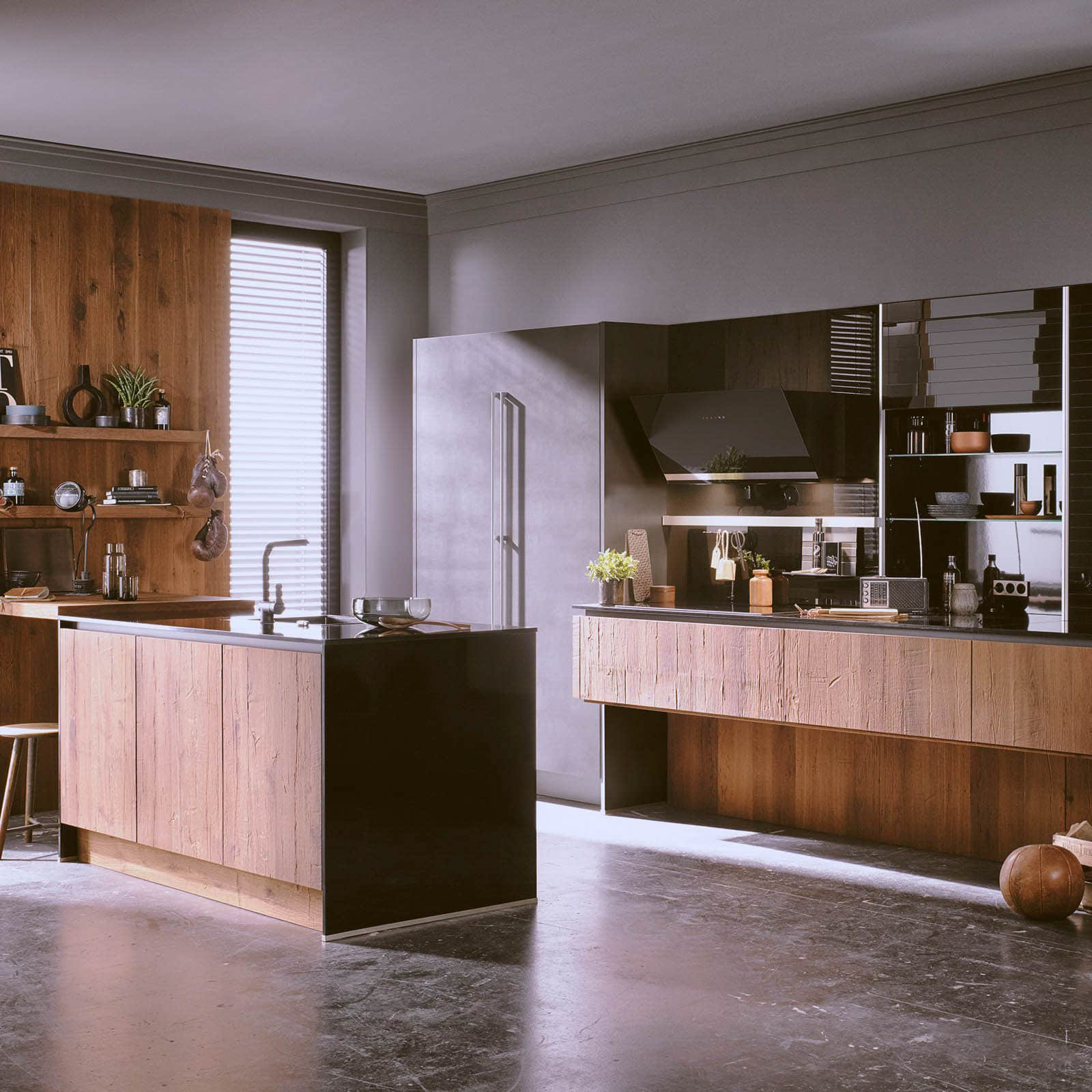What is a Simple False Ceiling?
A simple false ceiling, also known as a dropped, T-bar, or suspended ceiling, is a secondary ceiling that is suspended below the main ceiling. It is typically made of gypsum or mineral fiber tiles and is supported by metal framework.
The Advantages of a Simple False Ceiling
One of the primary advantages of a simple false ceiling is that it can hide unsightly wires, ductwork, and pipes that may be present on the main ceiling. It also provides insulation, soundproofing, and can improve the acoustics of a room. Additionally, a simple false ceiling can enhance the aesthetic appeal of a room and add value to a property.
The Design Options for a Simple False Ceiling
Simple false ceilings offer a variety of design options that can complement any décor style. Some popular design options include:
Linear Metal Ceilings
Linear metal ceilings are minimalistic in design and are an excellent option for modern and contemporary spaces. They can be customized with a variety of finishes and colors and can give a room a sleek and stylish look.
Gypsum Ceilings
Gypsum ceilings are perhaps the most common type of simple false ceiling. They are cost-effective, easy to install, and can be customized with a range of textures and patterns.
Acoustic Ceilings
Acoustic ceilings are an excellent option for spaces that require good sound insulation, such as recording studios, conference rooms, and theaters. They are made of materials like mineral wool and fiberglass, which can help absorb sound and reduce noise pollution.
The Installation Process of a Simple False Ceiling
The installation of a simple false ceiling typically involves the following steps:
Step 1: Measuring and Planning
Before installation, it is essential to measure the ceiling’s dimensions and plan for the layout of the false ceiling. The installation should take into account light fixtures, room features, and other considerations.
Step 2: Installing the Framework
Once the planning is complete, the metal framework that will support the tiles is installed. The framework is attached to the main ceiling and is leveled with a laser level. It is important to ensure the framework is rigid and can hold the weight of the tiles.
Step 3: Installing the Tiles
Once the framework is installed, the tiles are placed on it. The tiles come in various sizes and are easily cut to fit into the framework. The tiles are held in place by the framework’s edges, and the joints between the tiles are sealed with tape or sealant.
Step 4: Finishing
After the tiles are installed, the final touches are added, such as trimming around light fixtures and installing border tiles.
Maintenance and Repairs of a Simple False Ceiling
Simple false ceilings require minimal maintenance and can last for many years. Routine cleaning with a soft-bristled brush or vacuum cleaner can keep the tiles looking their best. In the case of a damaged tile, it can be easily removed from the framework and replaced with a new one.
The Cost of Installing a Simple False Ceiling
The cost of installing a simple false ceiling can vary widely depending on the type of ceiling, the size of the room, and the complexity of the installation. Generally, a basic gypsum ceiling can cost between $2 and $4 per square foot, while a more elaborate metal ceiling can cost upwards of $10 per square foot.




